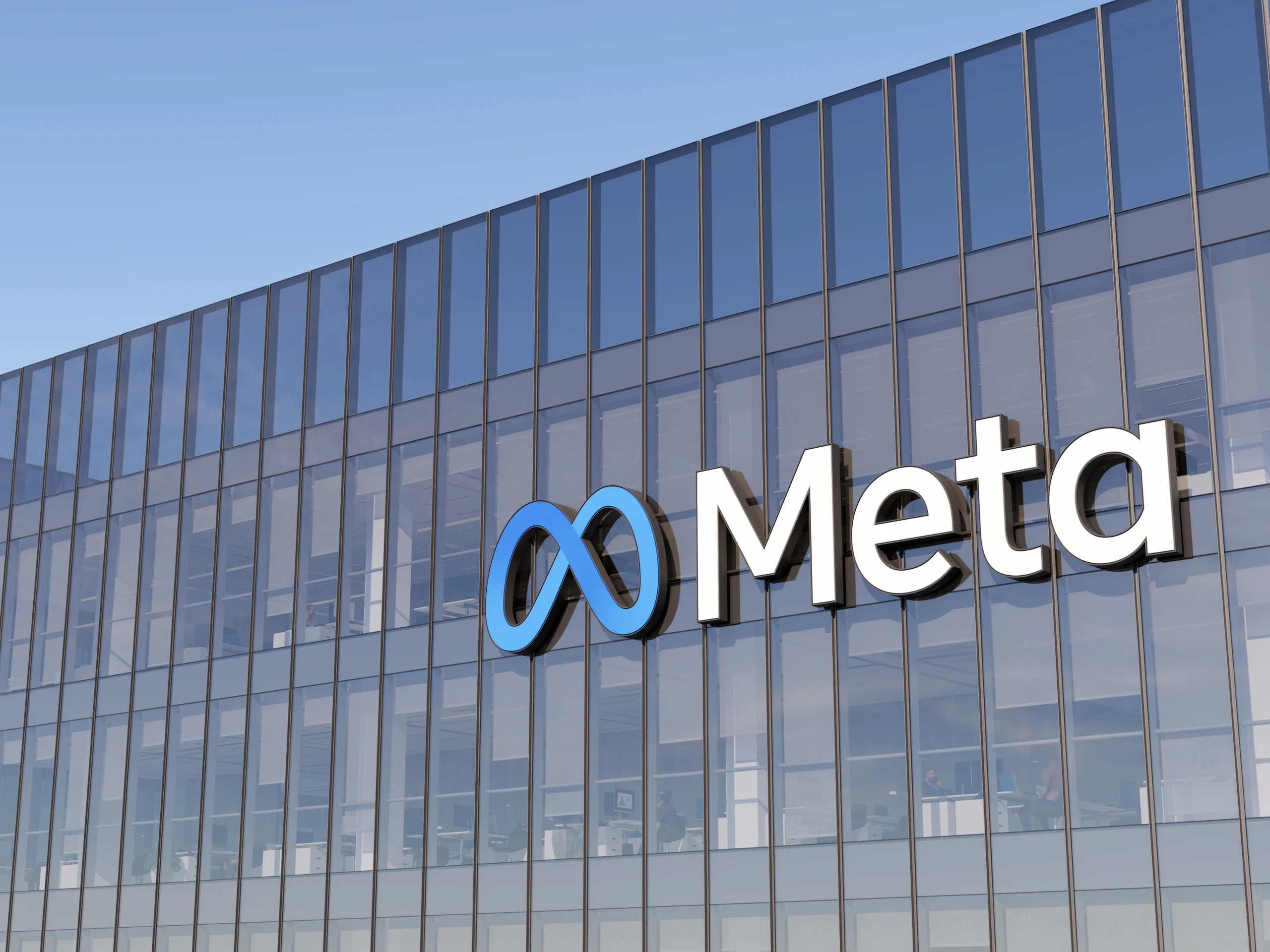Decoded Deepfakes: Meta Labels AI-Generated Content, But Can It Keep Up?. The line between reality and AI-fabricated fiction is vanishing faster than you can say “photoshop.” Powerful tools for creating hyper-realistic images, videos, and even audio are putting this technology in anyone’s hands, raising serious concerns about potential misuse and misinformation.
Meta, the parent company of popular social media platforms like Facebook and Instagram, is tackling the challenge of distinguishing AI-generated content from human-created content head-on. They’re not just relying on traditional methods; instead, they’re pioneering new solutions with the help of tech giants such as Google and OpenAI.
Their strategy involves embedding “invisible markers” into AI-generated images and videos. These markers function like digital watermarks, making it easier for platforms to detect and label such content. This initiative aims to enhance transparency and trust in online content.
Yet, the complexity of the issue doesn’t stop at images. AI can now produce remarkably realistic audio and video, making it harder to discern what’s genuine and what’s not. Meta acknowledges this and proposes a comprehensive approach:

-
Self-Disclosure by Creators: Individuals who upload AI-generated audio or video content will be required to disclose this information. Failure to do so may result in penalties. This step emphasizes accountability among content creators.
-
Proactive Detection and Labeling: Meta’s advanced AI systems will actively scan uploaded content for signs of being AI-generated. This proactive approach helps identify potentially misleading content that could harm public perception. If flagged, Meta will prominently label the content as AI-generated, ensuring users are aware of its origin.
By implementing these measures, Meta aims to address the challenges posed by the rise of AI-generated content, promoting transparency and safeguarding against misinformation on its platforms.
A Step in the Right Direction, But Questions Remain

Meta’s initiative to label AI-generated content represents a positive step forward in the fight against misinformation. However, certain questions and challenges need to be addressed to ensure its effectiveness and reliability.
Effectiveness of Self-Disclosure
One of the key aspects of Meta’s approach is the requirement for creators to self-disclose AI-generated content. While this is a commendable effort to promote transparency, questions arise regarding its effectiveness, particularly in cases involving anonymous or foreign content creators.
Holding individuals accountable, especially those operating under anonymity or from jurisdictions with lax regulations, may prove challenging. Without robust mechanisms for verification and enforcement, the efficacy of self-disclosure remains uncertain.
Defining “High-Risk” Content
Meta’s proactive detection and labeling of AI-generated content hinges on identifying material deemed “high risk” due to its potential to mislead the public. However, the criteria for determining what constitutes “high risk” content and the process for applying these criteria objectively remain ambiguous.
Without clear guidelines and transparent decision-making processes, there is a risk of subjective judgments and inconsistencies in labeling, undermining the initiative’s credibility.
Keeping Pace with AI
As AI technology continues to advance, the sophistication of deepfakes and other AI-generated content evolves rapidly. Meta’s AI detection tools must continuously adapt to these advancements to remain effective.
The challenge lies in keeping pace with the ever-evolving landscape of AI, ensuring that detection algorithms can accurately identify new forms of manipulated content. Failure to do so could render Meta’s labeling efforts inadequate, leaving users vulnerable to misinformation and deception.
Addressing these questions and challenges will be crucial for Meta to ensure the integrity and reliability of its labeling initiative. By fostering transparency, promoting accountability, and staying abreast of technological developments, Meta can enhance trust and confidence in online content across its platforms.
The Future of AI-Generated Content: A Collective Effort

Meta’s initiative represents a significant step towards addressing the challenges posed by AI-generated content. However, effectively combating misinformation and ensuring the responsible use of AI requires a collaborative effort involving various stakeholders.
Tech Companies
Tech companies play a pivotal role in developing and implementing solutions to tackle AI-generated content. Continued investment in robust detection tools is essential to accurately identify and label manipulated media.
Moreover, the establishment of standardized markers, in collaboration with industry peers, can enhance the efficiency of content recognition across different platforms. Transparency within the tech industry regarding the use of AI and its potential impact on content authenticity is also crucial for building trust among users.
Policymakers
Policymakers have a critical role in shaping the regulatory framework surrounding AI-generated content. Clear regulations and ethical guidelines are needed to govern the creation, dissemination, and use of AI-generated media, particularly in sensitive areas such as politics and public discourse.
Policymakers must collaborate with industry experts to develop laws that balance innovation with the protection of individuals’ rights and the integrity of online information.
Media Platforms
Media platforms bear the responsibility of implementing effective content moderation practices to prevent the spread of misinformation and harmful content. This involves deploying advanced algorithms for detecting and removing AI-generated content that violates platform policies.
Additionally, educating users on the importance of critical evaluation of online information can empower them to discern between authentic and manipulated content, thereby reducing the impact of misinformation.
Users
Users themselves play a crucial role in combating the proliferation of AI-generated content. Developing critical thinking skills is essential for individuals to identify and verify the authenticity of the information they encounter online.
By questioning sources, verifying facts, and scrutinizing media content, users can contribute to a more informed and discerning online community. Moreover, holding platforms and content creators accountable for disseminating misleading or harmful content encourages responsible behavior and promotes transparency.
Conclusion

The battle against deepfakes and other forms of AI-generated content is far from over. By fostering collaboration among tech companies, policymakers, media platforms, and users, we can collectively mitigate the risks associated with AI while harnessing its potential for positive impact.
Let’s continue the conversation and work together towards a future where AI empowers, enlightens, and strengthens our digital world.
Please share your thoughts in comment about , at theproductrecap.com we are open to friendly suggestions and helpful inputs to keep awareness at peak.




